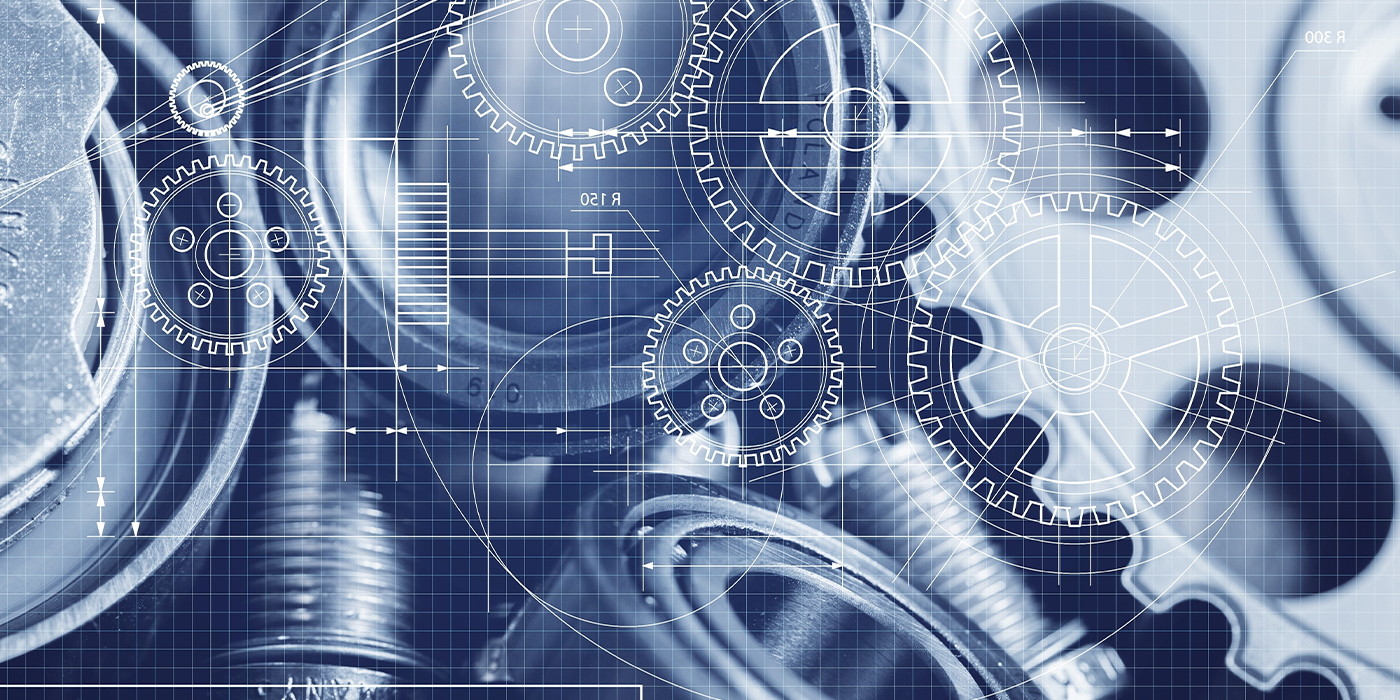
During a recent webinar on servicing new vehicle technology, several questions came up about access to the information to repair these cars. Right to Repair came up in a couple of these questions, so it seemed appropriate to dig into this topic. Will the next generation of cars be a new battlefield for Right to Repair? I sincerely hope not. Today, aftermarket associations, carmaker associations, parts manufacturers and suppliers are working together to solve a myriad of complex issues with the original core issue hanging over their head: money. I truly believe that they will do their best to work together, but this is not just something that can be solved by saying, “Let’s all get along.” There are a lot of moving pieces when it comes to access to vehicle data. At the risk of oversimplifying this issue, let me provide you with a few key thoughts.
• Carmakers are juggling a lot of balls these days. They are trying to solve the problem of too many highway and road fatalities. Consumers, on the other hand, want to drive (or not drive as the case may have it) iPhones on wheels that can avoid traffic jams and make for a more intuitive driving experience.
• Add to this the issue of carmakers’ dealer networks demanding exclusivity to vehicle data while the aftermarket jockeys not to be left out in the cold.
• In the aftermarket, there are two groups with different core wish lists. Let’s start with the parts segment. Many of the brands that you buy are from the original supplier to the automaker. Most of these companies have an OE and an aftermarket division. More than ever, they design and manufacture the entire system from sensor to software and then customize it in partnership with an automaker. Initially, the OEM and the Tier 1 companies have an agreement that this new technology may not be sold into the aftermarket for several years, ostensibly to give the OEM a period of time to recover its investment. Here is one of the points of contention: The Tier 1 supplier that invented the system might feel that the license period is too long and limits its ability to recover its investment in R&D, and then they either want to sell it to another carmaker or distribute parts through its aftermarket channels.
• One of the newer challenges that parts remanufacturers and OEMs have run into relates to software that lives on a module. Let’s take a hypothetical control module that runs a window system. When an OEM sells it, there may be several different versions of the operational software for different variants. For example, in one version, the driver’s side window may have an automatic down feature, but in another, all four windows have that feature. The reman company puts the most feature-laden version of the software on the module to test every facet of operation. When you pull it out of the box and install it, you may be putting a better feature set on the vehicle than what it came with from the factory. Had it come blank, you would use reprogramming equipment and the VIN to validate and install the original software. Carmakers consider shipping the module preconfigured as software piracy. This puts both critical members of the ecosystem in a conflict — one that will take creativity to resolve.
• Let’s switch gears to what we do — vehicle repair and service. Despite what some may think, automakers want to make sure an independent technician has the right information to correctly perform a repair, and this is an expensive endeavor. An OEM will spend a “low six figures” at a minimum keeping its website current, in addition to maintaining the staff that writes the information and supports the site.
• One OEM I queried told me it sells about 1,100 subscriptions to its repair information website every year, and that the vast majority (about 900) are one-day subscriptions. This OEM sells about 350,000 cars per year in the U.S. This subscription number seems low for information that can be mission-critical and VIN-specific in many cases. Add that to the great third-party information resources we have, and I am left wondering about the techs who say that they “get the short end of the stick” when it comes to access to information to repair cars.
• In my view, this issue has become more about “Responsibility to Repair” rather than “Right to Repair.” We as vehicle repairers must take advantage in a responsible way of the information and knowledge that is available to us, or we risk the government telling us that we are too great of a cybersecurity risk to have access to the diagnostic link. Besides that, we become irrelevant by trying to force an old business model on vehicles to which it won’t apply.
There are a lot of factors at play when it comes to deciding the fate of vehicle data. Whether all the great work being done by industry groups on our behalf is a success or a failure hinges on our willingness to learn new systems and add “IT specialist” to our job description. In the end, the responsibility for ensuring the auto care industry remains a viable one into the future is a two-way street.














